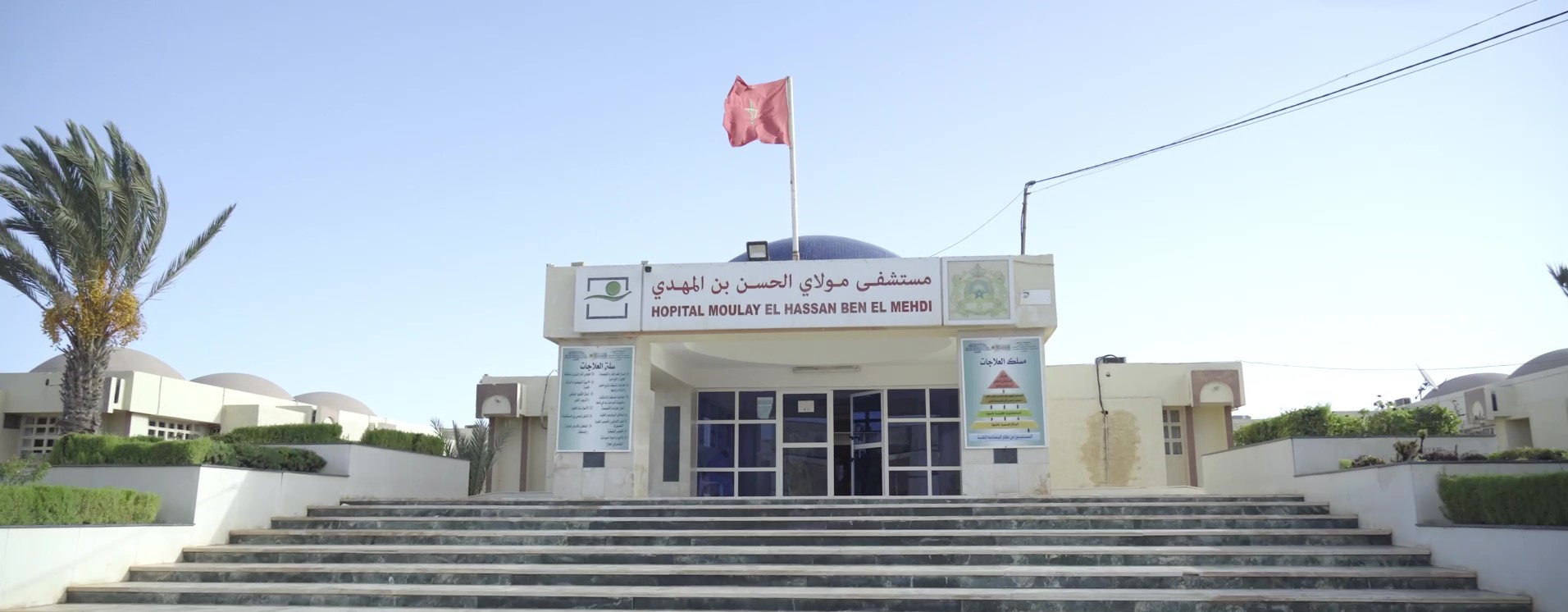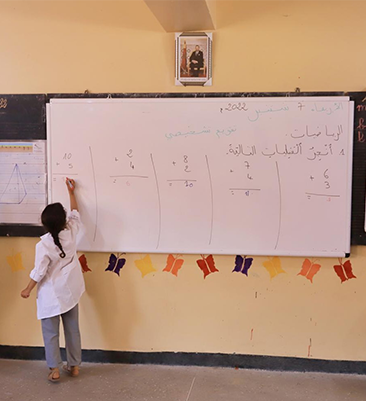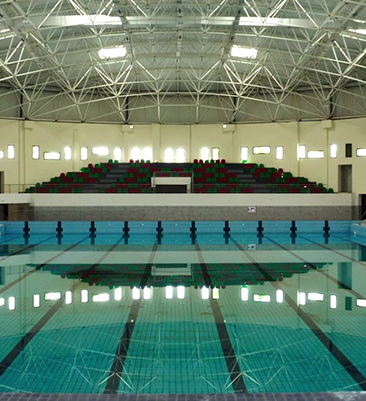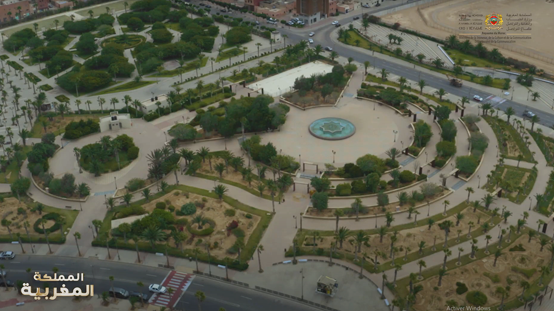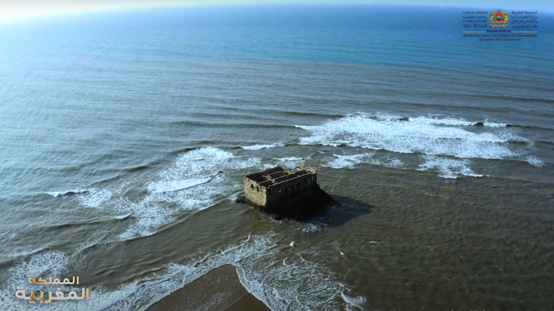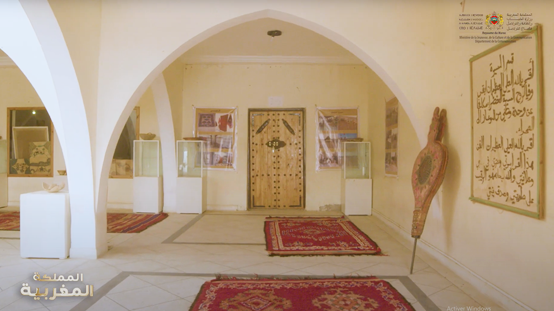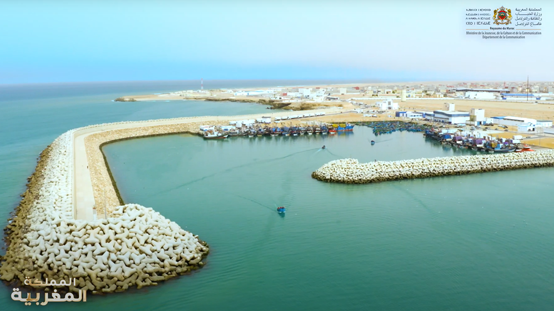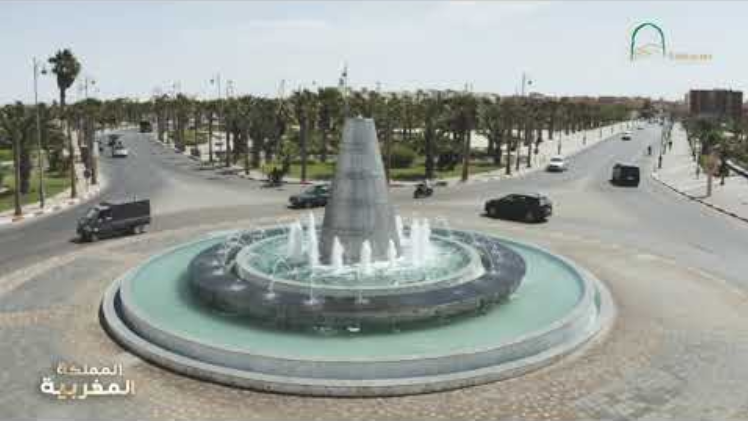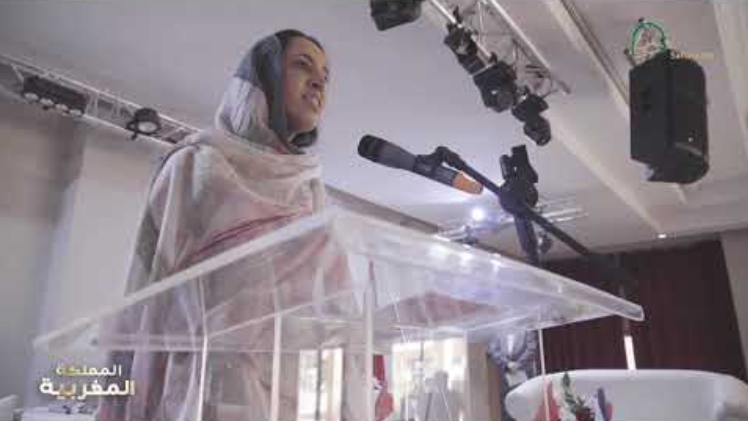The Region of Laayoune Sakia El Hamra is located at the heart of the Sahara and covers an area of 140018 km², about 19.7% of the national territory. It is bordered to the north by the Region of Guelmim-Oued Noud, to the south by the Region of Dakhla-Oued Eddahab and to the east by the Islamic Republic of Mauritania and to the west by the Atlantic Ocean.
According to the General Population and Housing Census 2014, density in the Region has remarkably increased by 47% over the past three decades and reached 367758 inhabitants in 2014.
Administratively, the Region includes four prefectures: Laayoune, Tarfaya, Al Marssa, Boujdour and Es-smara.
The Region is characterized by its Atlantic coastline that extends over 575 km2, with an important port infrastructure consisting of three main fishing ports: Tarfaya, Laayoune and Boujdour.
The industrial sector in the Region is growing with an increasing number of industrial units. Most of these units operate mainly in fish production.
The Region is rich in mining activities, and its mines provide 5% of the national production. It also produces other mineral materials such as salt and sand.
The Region has a strategic location between Agadir and the Canary Islands. It is characterized by the nature of its tourist areas, sand dunes and beautiful beaches, which increasingly attract local and foreign tourists.
